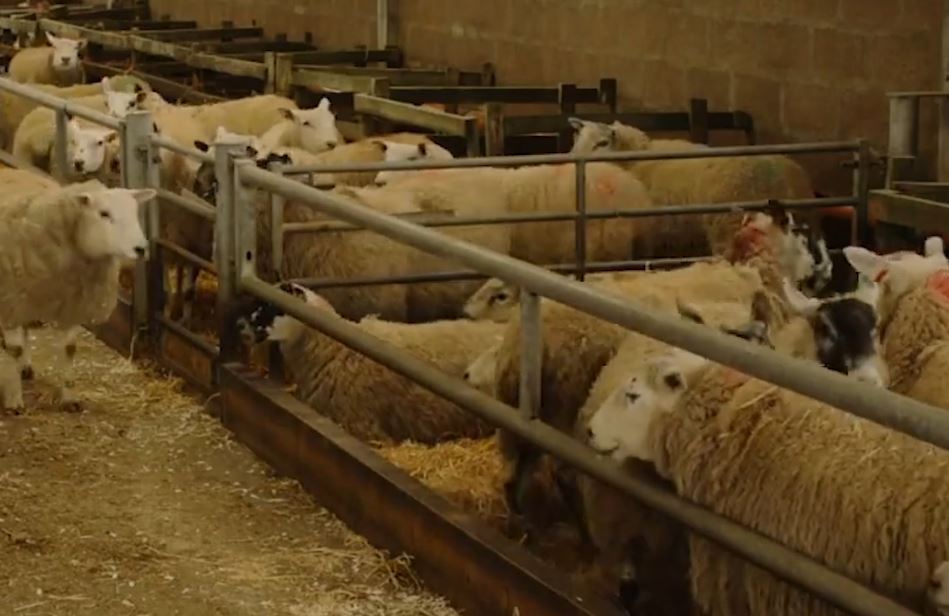Agribusiness News April 2024 – Sector Focus: Scottish Sheep Meat
28 March 2024Lamb is currently seeing record price levels, due to a perfect storm of a shortage of supply and high demand from religious festivals. We have witnessed through Brexit, Covid and issues in the Suez Canal how quickly pressure can be made on supply chains, and the impact this has on agricultural produce. For this reason, as an industry, we should be looking to embrace opportunities to extend the market for Scotch lamb.
Learn from others experience – Learning from the large, lamb producing countries is always beneficial, and inspirational to how they create opportunities for their product.
First off is New Zealand, where Beef and Lamb NZ have partnered with the New Zealand Olympic committee. With this, they will support the NZ athletes in the Paris 2024 Olympic games. Allowing them to show the nutritional benefits of lamb (and beef) and how it fuels their national team. With this they will showcase their national pride and show support to their producers, at the same time as building trust with their European customer who they happen to have a trade deal coming into force mid-2024. With their competitive price point, in France (our largest importer) and their strong marketing campaign, this could potentially be harmful to Scotch lamb.
Next is Australia, Meat and Livestock Australia have some fantastic marketing campaigns and ideas to push their produce. Including an excellent TV ad “The Generation Gap”
Australian lamb has recently partnered with Dominos in Australia to offer lamb on pizza, with two lamb pizzas on the menus. This is a great example of diversifying this highly nutritious and versatile product. By showing the relevance of lamb in quick service restaurants while targeting a different demographic, in the younger generation.
Lamb in the fast-food sector – According to Just Eat, fast food is the 3rd most popular food choice in the UK, with the most popular item being the burger. It is estimated that fast food outlet MacDonalds serves over 3.8 million customers per day in the UK alone, but there is no lamb on the menu! Is this a lost opportunity?
Italian food is shown as the most popular UK fast food; the Australians are not silly targeting the pizza!
Aviko surveys have shown that one fifth of 16-34 year olds are attracted to fast food establishments with environmentally friendly initiatives. Which gives an opportunity to attract new lamb customers showing the highly sustainable, protein rich, high in B3, B12, iron and zinc produce that lamb is.
Tasty, Easy Cook Meals – Figures released by AHDB have shown a 5.7% increase in lamb sales during Valentine’s week this year, compared to last year. Possibly due to valentines being mid-week in 2024, and the convenience of ready-made, added value products such as pre marinated dishes, ready for a low and slow cook.
This uplift in sales highlights that we should be marketing home grown sheep meat for all occasions and not the traditional Easter! Equally, taking on board the fact that consumers are lacking in either time or skills to cook lamb from scratch; there is opportunity to boost sales further by creating easier to cook, ready-made air fryer lamb meals for the supermarket shelves for easy mid- week meals for families as well as premium dishes for special events.
Credentials to scream about – In an era when environmental and sustainable choices are key themes, there should be no better time to promote lamb as the sustainable protein source. Boasting the high protein, low in salt, high B3, B12, zinc and easily absorbed iron. But also, the high welfare, traceable product with exceptional food safety standards that Scottish lamb boasts. Not to mention the high level of environmental stewardship that our sheep farmers carry out through diverse grassland management, growth of forage crops, and the bird cover this brings in the winter plus protection of water courses to name a few.
As the country’s economy recovers, with inflation falling and wages rising; this is the perfect time to diversify or embrace new opportunities for marketing lamb, both at home and abroad.
Halal – QMS’s Scottish Red Meat Profile shows per capita consumption for lamb is sitting at 2.2 kg per year compared to beef at 19.2 kg per year. Showing we are a country with very low lamb consumption. However, there is a huge market opportunity in halal (through three methods Non-Stun, WASK-stun and All-Stun). AHDB figures show a Muslim household spends on average £30/week on sheep meat, while a general population household spends only £12/week on all meats.
Kirsten Williams; 07798617293
Sign up to the FAS newsletter
Receive updates on news, events and publications from Scotland’s Farm Advisory Service

